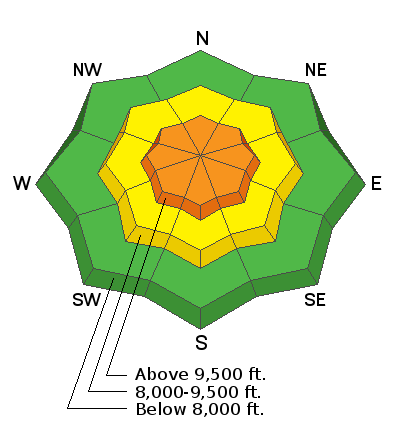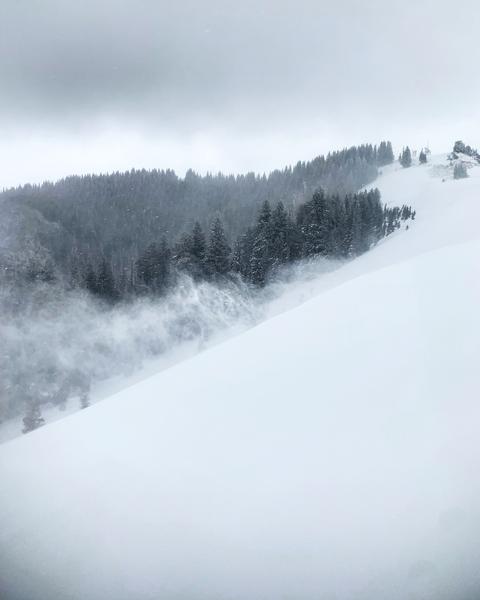Forecast for the Provo Area Mountains

Issued by Mark Staples on
Sunday morning, November 15, 2020
Sunday morning, November 15, 2020
The avalanche danger is CONSIDERABLE at upper elevations that were blasted by hurricane-force winds yesterday. The danger at mid elevations is MODERATE. Look for and avoid thick, cohesive slabs of wind drifted snow which exist on many slopes. Getting caught in an avalanche with one of these wind slabs could seriously injure or kill you due to the trauma of being swept over rocks at 60 mph. Seek sheltered slopes that did not receive any wind drifted snow from yesterday's strong winds.
The avalanche danger is LOW at low elevations.
Please do everything possible to avoid getting hurt for yourself and for the greater good. As you decide where and how to travel in the backcountry, consider adding just a little extra margin of safety.

Low
Moderate
Considerable
High
Extreme
Learn how to read the forecast here








